Shaping up nicely: Moholy-Nagy’s modernist work goes on show at the Santa Barbara Museum of Art

It's easy to feel hypnotised following the discs of white light circling an exhibition space bathed in blue and pink hues. Those colours form the backdrop for a slow dance of geometric shadows, resembling something vaguely architectural. The only sound: the gentle hum and the occasional clanking of the gleaming machine comprising László
Moholy-Nagy's kinetic sculpture, Light Prop for an Electric Stage, from 1930.
The work is the centrepiece of 'The Paintings of Moholy-Nagy: The Shape of Things To Come', which runs until 27 September at California's Santa Barbara Museum of Art; it's widely considered the artist's most impassioned enterprise and recognised as a vanguard of the genre. So what if the five-foot tall plastic, metal and glass assemblage is actually a replica constructed in 2006?
Light Prop... is, nevertheless, the perfect entry point for this unique show, billed as 'the first exhibition to explore how the practice of painting served as the means for Moholy-Nagy to imagine generative relationships between art and technology'.
Exhibition organiser Eik Kahng says the original prototype, funded by one of Germany's largest industrial conglomerates, 'was actually a central part of Moholy-Nagy's approach to art-making, influencing everything else he did'.
One can easily perceive similar patterns in many of the show's 32 other pieces, which include works on paper, paintings, video projections and the medium Moholy-Nagy is best known for, the photogram – a photographic process sans camera. No wonder Kahng says the significance of Moholy's painting is often under recognised.
After all, it was Moholy-Nagy himself who once decried the medium as potentially irrelevant. Writing in the show's catalogue, The Paintings of Moholy-Nagy: The Shape of Things to Come, curator Joyce Tsai says that in his 1925 book, Painting Photography Film, 'Moholy-Nagy announced that in the face of ever more sophisticated technologies, painting in pigment would become an anachronism to be supplanted by the creation of optical effects through the use of artificial light'.
Yes, Moholy-Nagy abandoned the canvas entirely, beginning in 1928 – during which time he made his Light Prop. However, just two years later he returned to painting, taking it, says Kahng, 'in a totally new direction'. Hence the show's focus on how painting let the artist 'overcome the limits of early 20th century technology'.
Consider, for example, his 1942 CH For Y Space Modulator, consisting of oil on yellow Formica, or the 'light painting' of Kodachrome slides he made while in Chicago; you'll see digitised versions displayed on four flat screens.
Still, there was a practical aspect to the artist's approach.
'For Moholy-Nagy, living in a time of war and economic instability, without access to giant corporate resources to back your biggest, most spectacular visions, you realise that painting is something that gives you autonomy,' says Kahng. 'You don't need a giant corporation to help you purchase all this complicated technology to realise your dream; you just need to manipulate it differently and use it to change the way you see.'
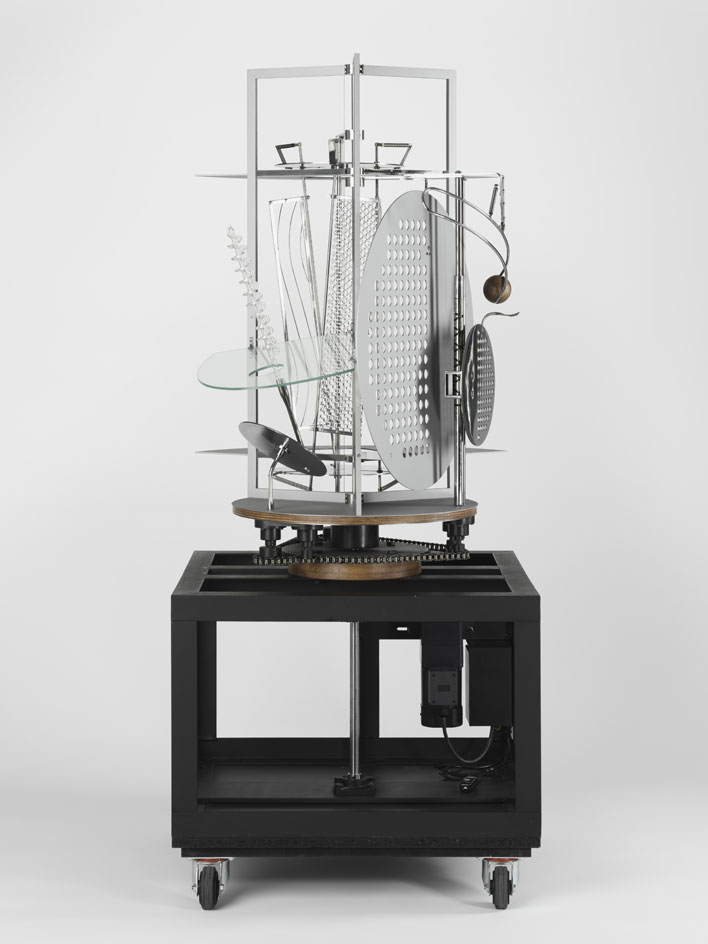
The entry point for the unique show is the kinetic sculpture, Light Prop for an Electric Stage, from 1930. The piece provides the show's only sound, with a gentle hum and the occasional clanking of the gleaming machine.
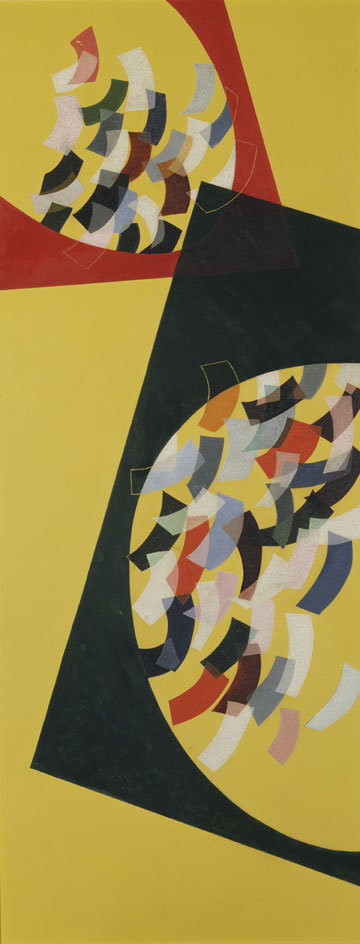
CH For Y Space Modulator, 1942. Collection of Hattula Moholy-Nagy
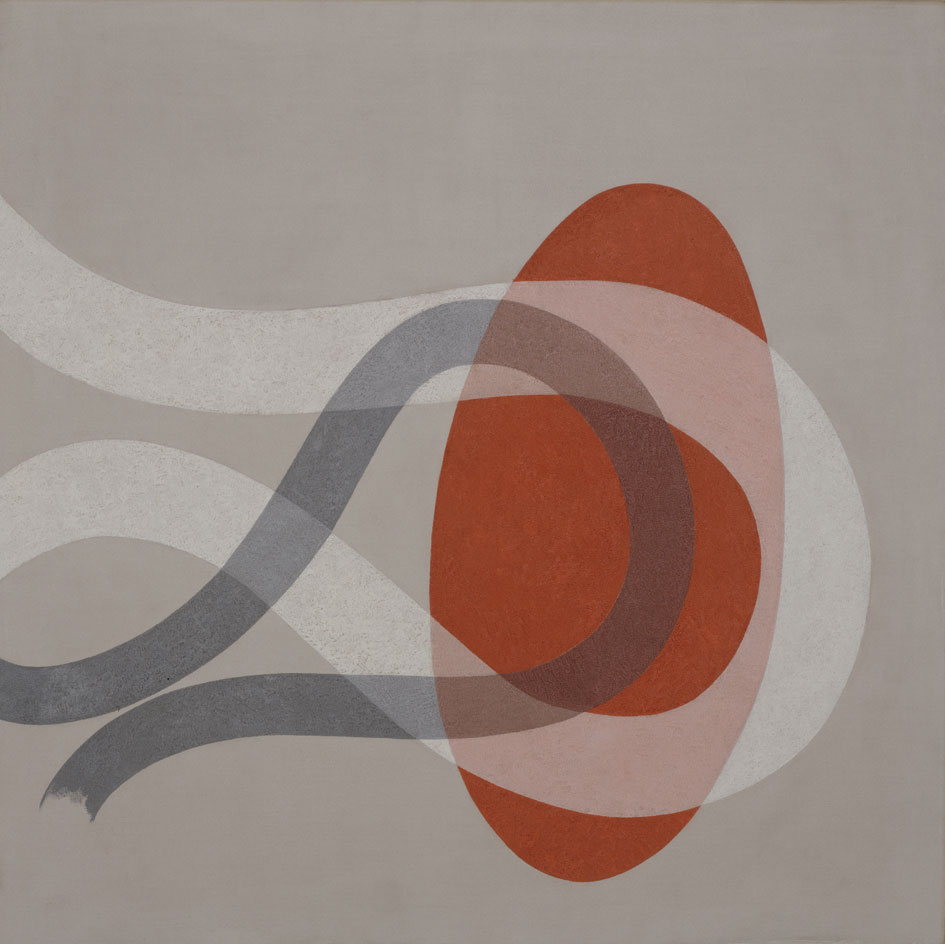
The show's 32 other pieces include works on paper, paintings, video projections, and the medium Moholy-Nagy is best known for, the photogram – a photographic process sans camera. Pictured: CH Space 6, 1941. Collection of Hattula Moholy-Nagy
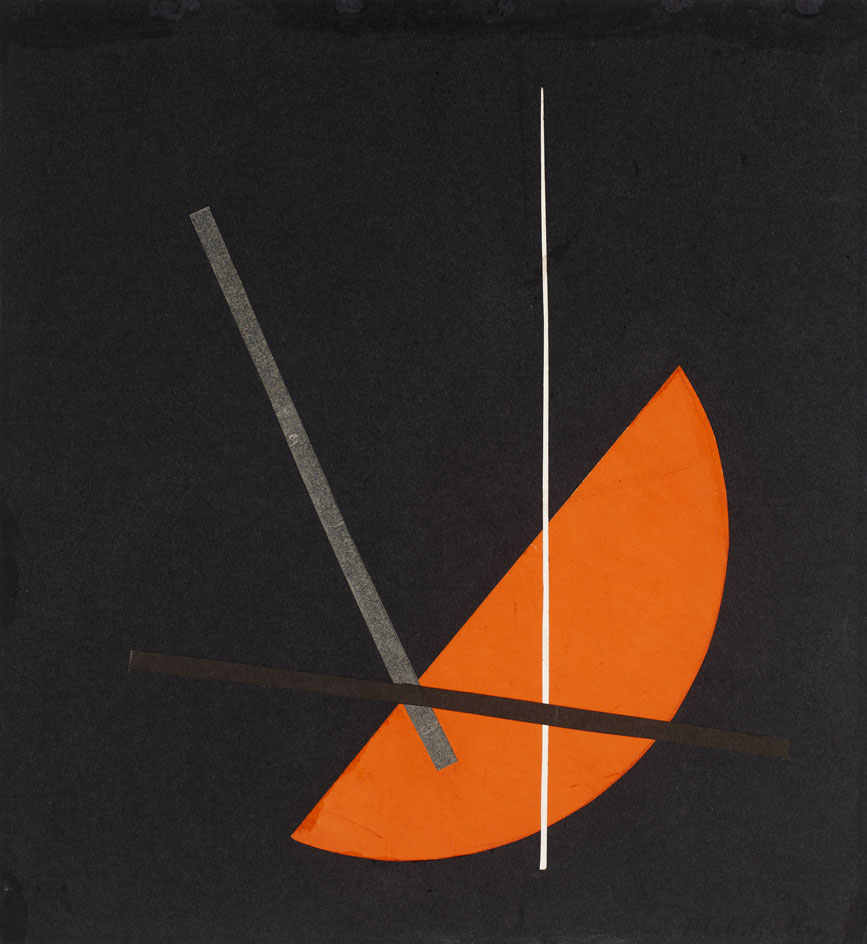
Composition, n.d. (c. 1922 – 23).
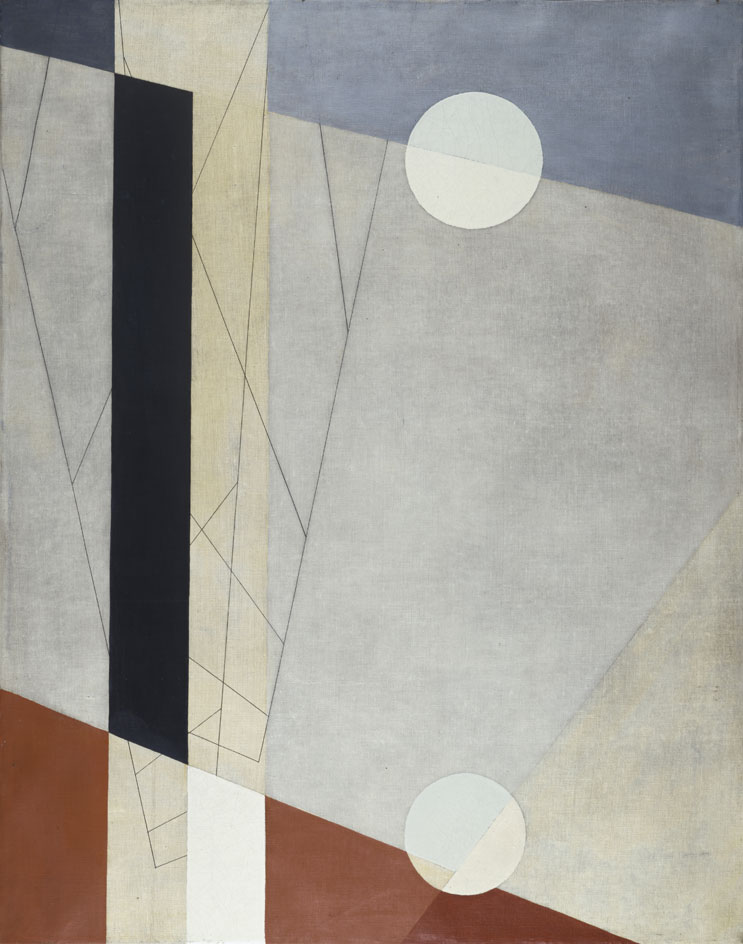
Z vi, 1925.
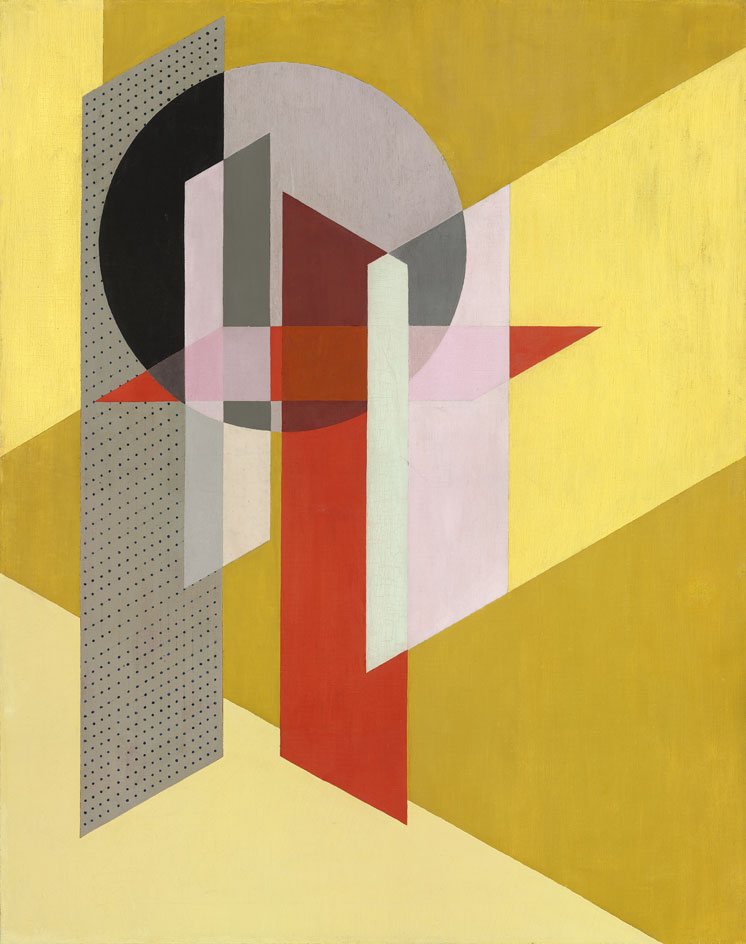
Z VII, 1926.

Untitled (Space Modulator), 1946.
ADDRESS
Santa Barbara Museum of Art
1130 State Street
Santa Barbara
CA 93101-2746
Receive our daily digest of inspiration, escapism and design stories from around the world direct to your inbox.
-
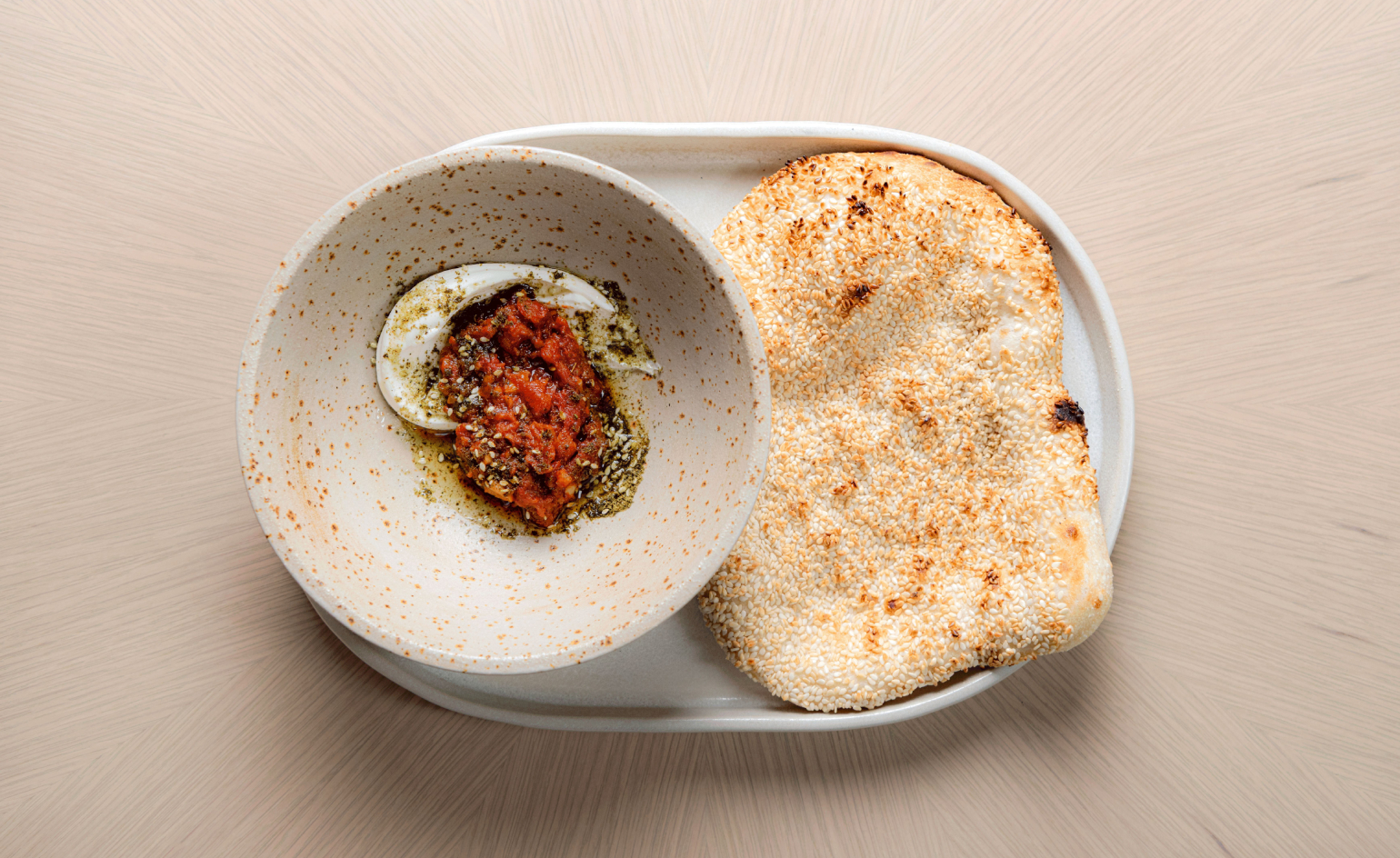 Nela is London's new stage for open-fire gastronomy
Nela is London's new stage for open-fire gastronomyA beloved Amsterdam import brings live-fire elegance to The Whiteley’s grand revival
-
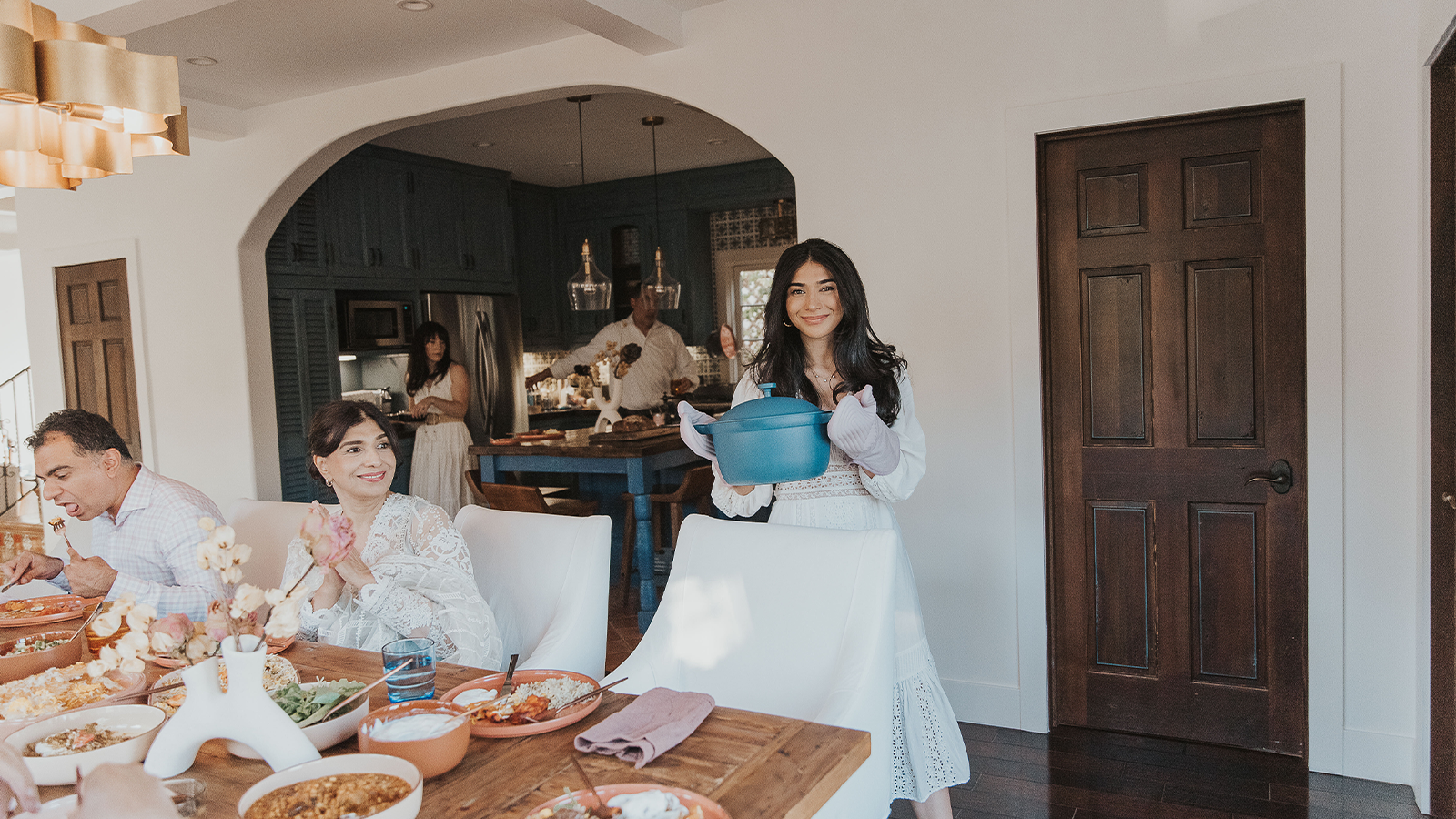 How we host: with Our Place founder, Shiza Shahid
How we host: with Our Place founder, Shiza ShahidWelcome, come on in, and take a seat at Wallpaper*s new series 'How we host' where we dissect the art of entertaining. Here, we speak to Our Place founder Shiza Shahid on what makes the perfect dinner party, from sourcing food in to perfecting the guest list, and yes, Michelle Obama is invited
-
 Matteo Thun carves a masterful thermal retreat into the Canadian Rockies
Matteo Thun carves a masterful thermal retreat into the Canadian RockiesBasin Glacial Waters, a project two decades in the making, finally surfaces at Lake Louise, blurring the boundaries between architecture and terrain
-
 Jamel Shabazz’s photographs are a love letter to Prospect Park
Jamel Shabazz’s photographs are a love letter to Prospect ParkIn a new book, ‘Prospect Park: Photographs of a Brooklyn Oasis, 1980 to 2025’, Jamel Shabazz discovers a warmer side of human nature
-
 The Hammer Museum in Los Angeles launches the seventh iteration of its highly anticipated artist biennial
The Hammer Museum in Los Angeles launches the seventh iteration of its highly anticipated artist biennialOne of the gallery's flagship exhibitions, Made in LA showcases the breadth and depth of the city's contemporary art scene
-
 Thomas Prior’s photography captures the uncanny fragility of American life
Thomas Prior’s photography captures the uncanny fragility of American lifeA new book unites two decades of the photographer’s piercing, uneasy work
-
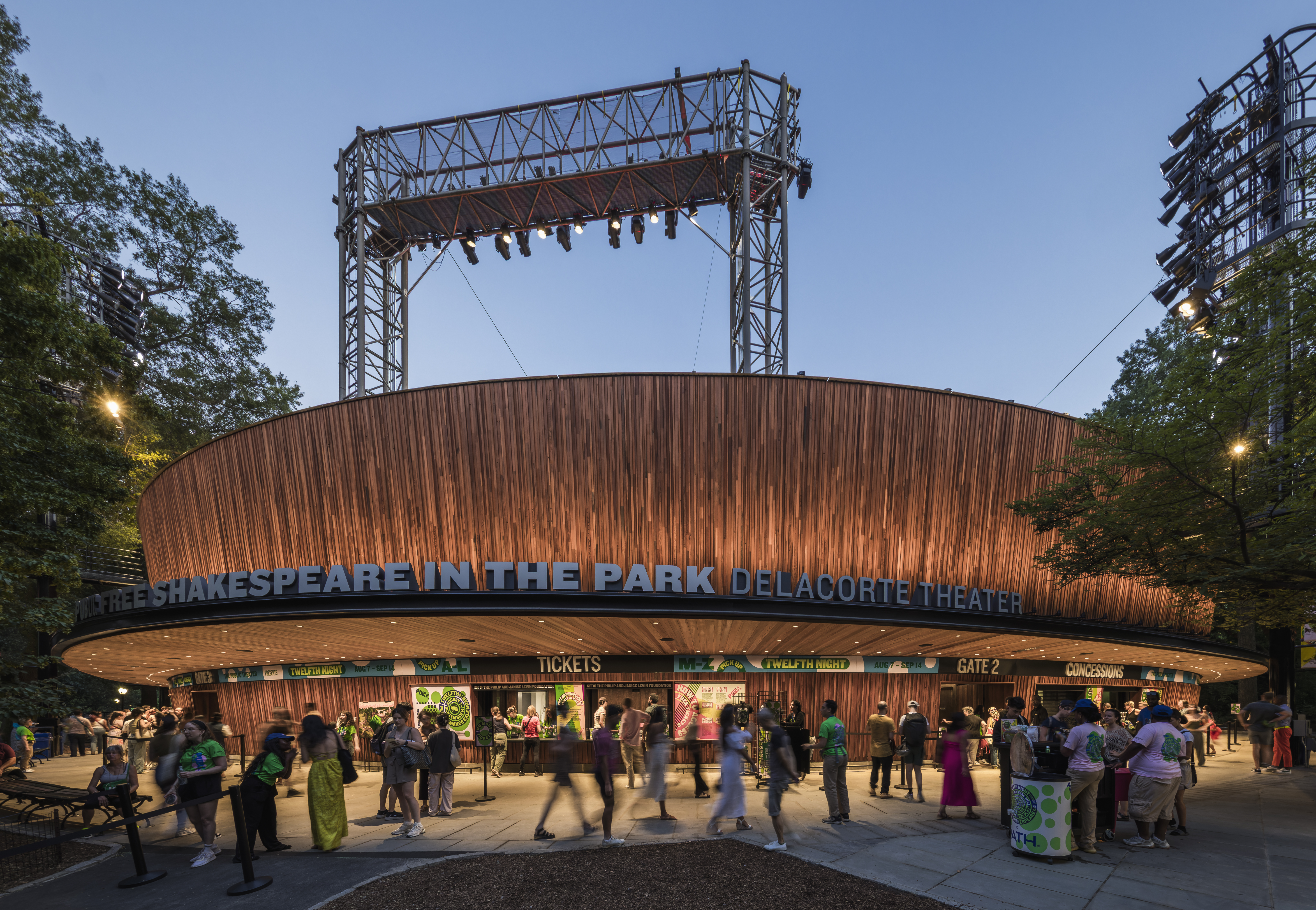 Central Park’s revitalised Delacorte Theater gears up for a new future
Central Park’s revitalised Delacorte Theater gears up for a new futureEnnead Architects helmed an ambitious renovation process that has given the New York City cultural landmark a vibrant and more accessible future
-
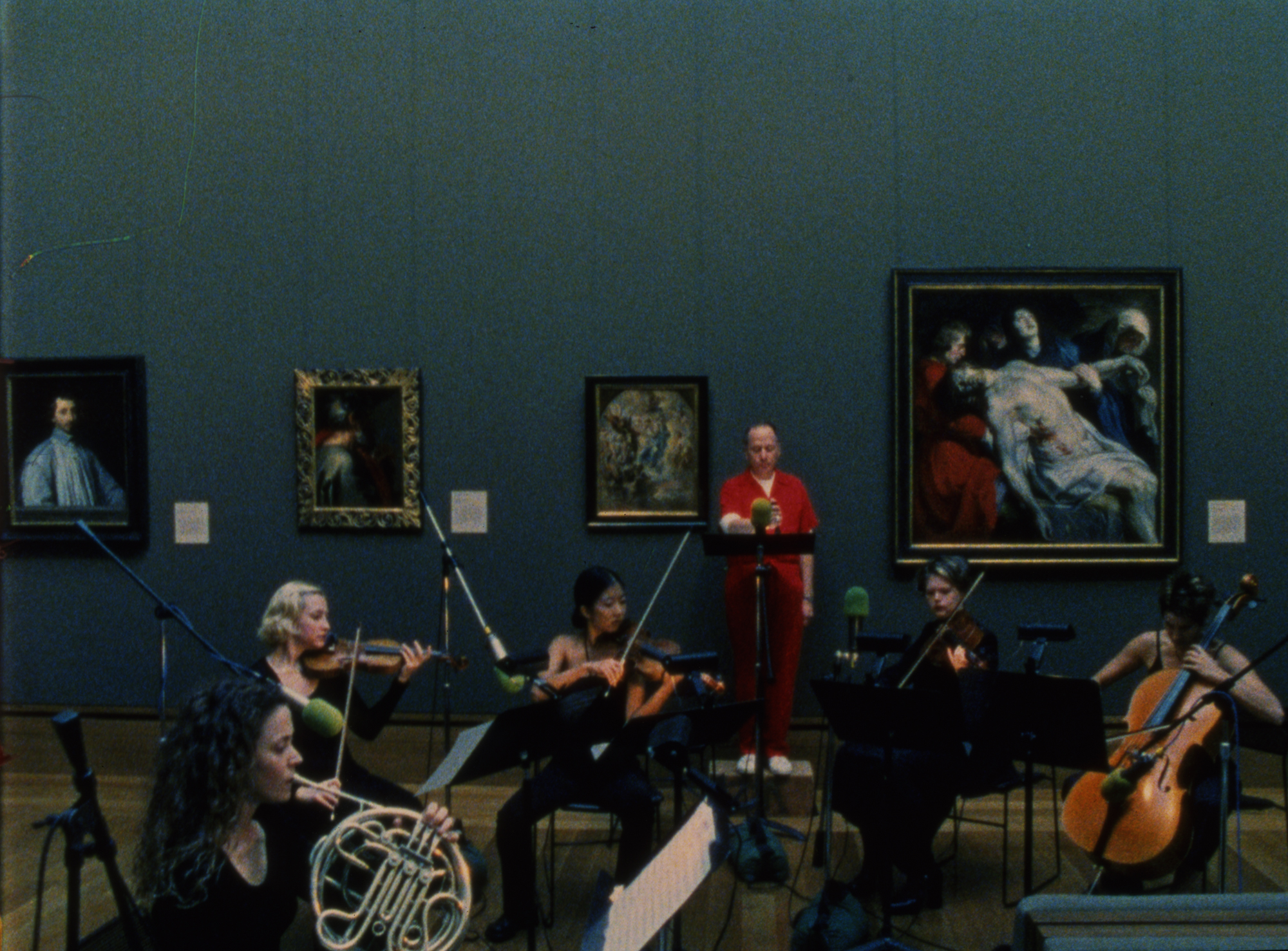 Stephen Prina borrows from pop, classical and modern music: now MoMA pays tribute to his performance work
Stephen Prina borrows from pop, classical and modern music: now MoMA pays tribute to his performance work‘Stephen Prina: A Lick and a Promise’ recalls the artist, musician, and composer’s performances, and is presented throughout MoMA. Prina tells us more
-
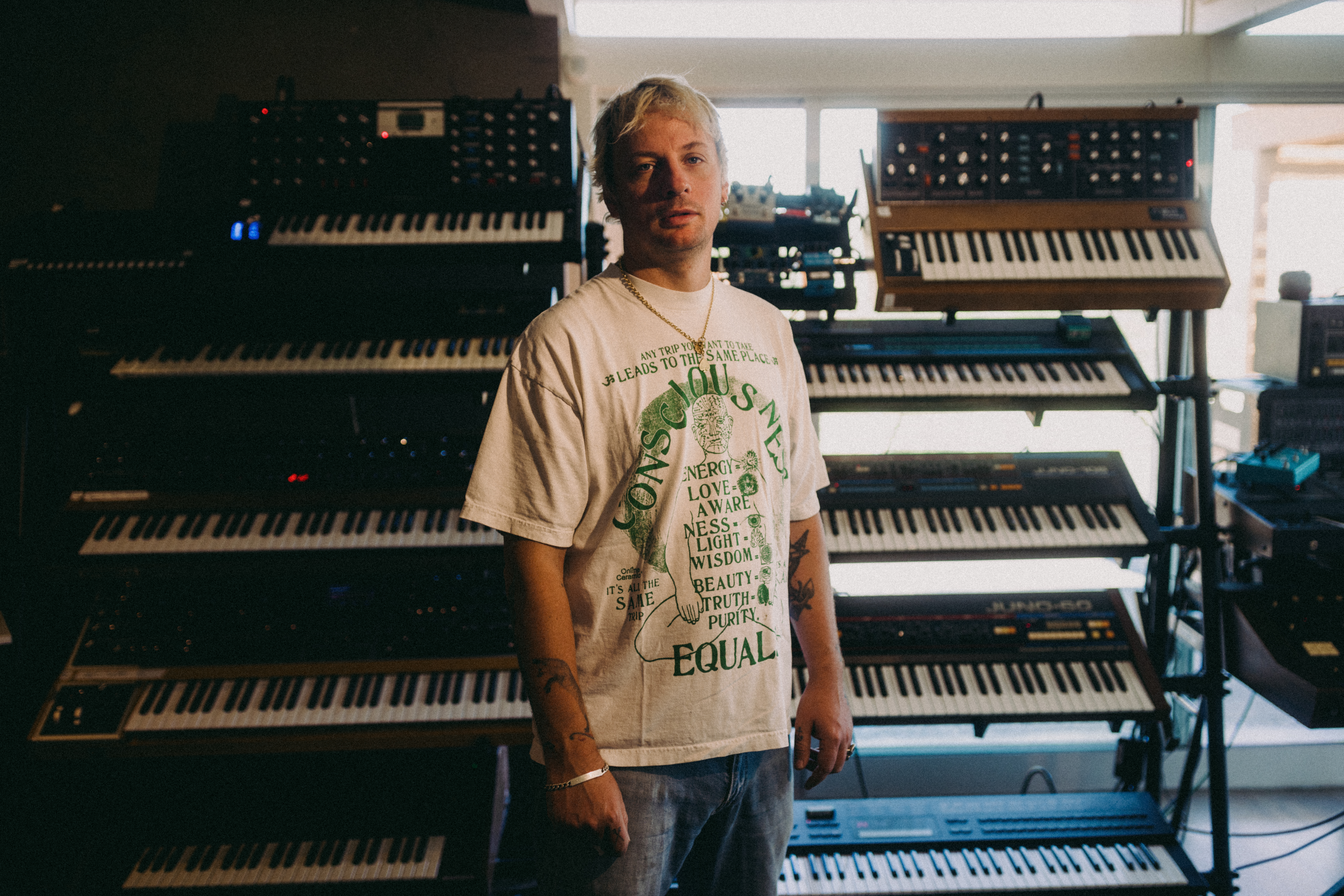 Curtains up, Kid Harpoon rethinks the sound of Broadway production ‘Art’
Curtains up, Kid Harpoon rethinks the sound of Broadway production ‘Art’He’s crafted hits with Harry Styles and Miley Cyrus; now songwriter and producer Kid Harpoon (aka Tom Hull) tells us about composing the music for the new, all-star Broadway revival of Yasmina Reza’s play ‘Art’
-
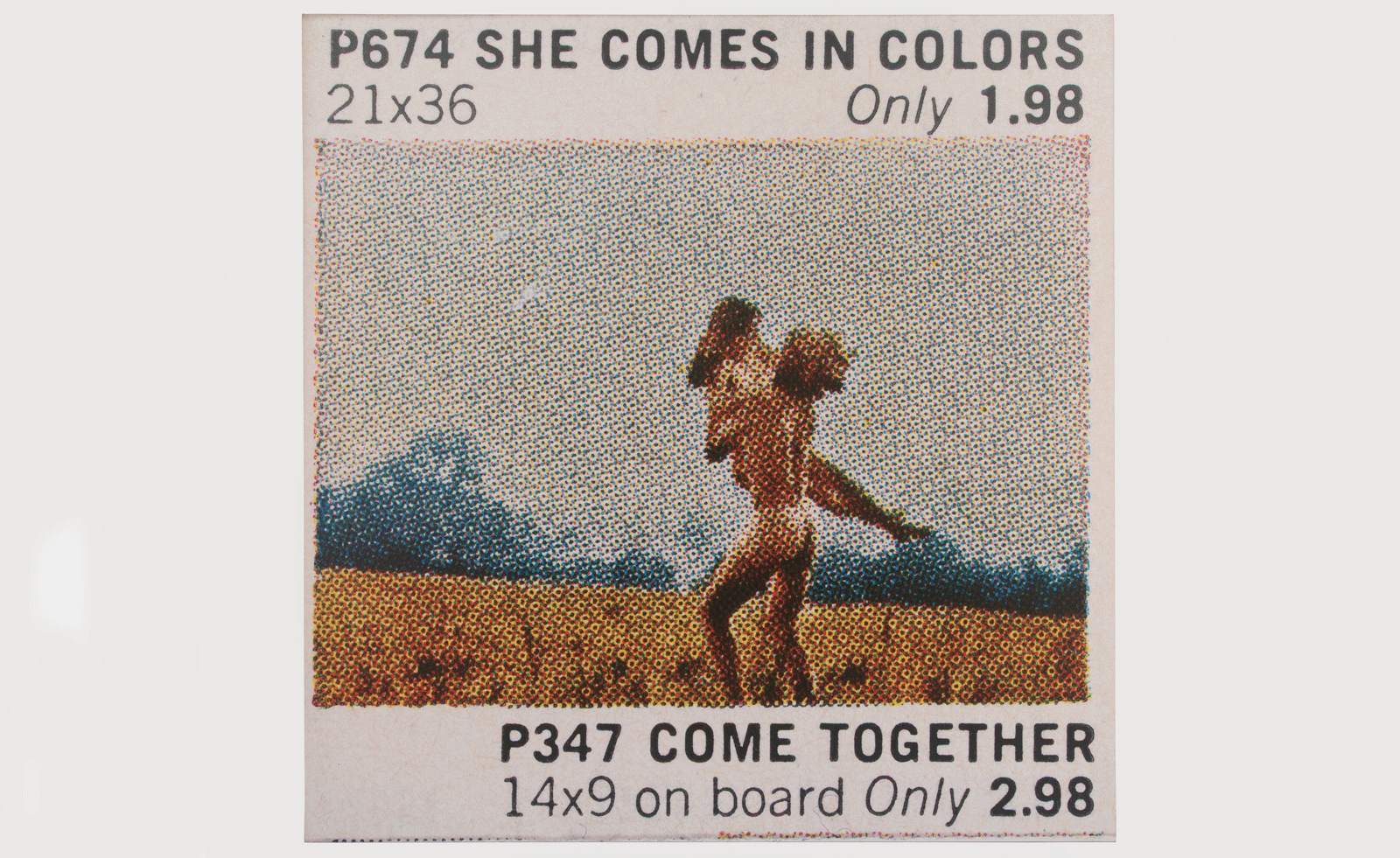 Richard Prince recontextualises archival advertisements in Texas
Richard Prince recontextualises archival advertisements in TexasThe artist unites his ‘Posters’ – based on ads for everything from cat pictures to nudes – at Hetzler, Marfa
-
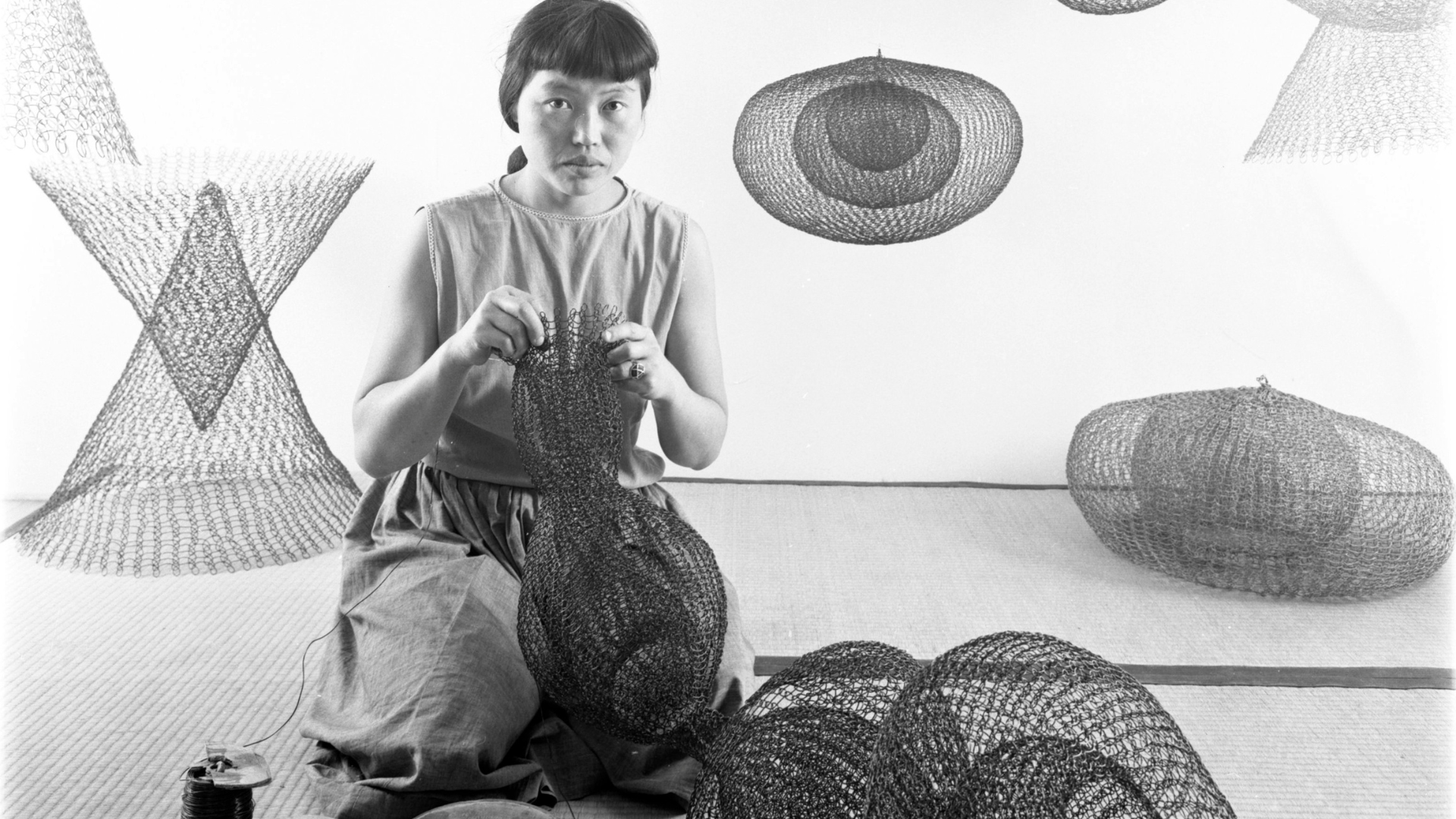 The best Ruth Asawa exhibition is actually on the streets of San Francisco
The best Ruth Asawa exhibition is actually on the streets of San FranciscoThe artist, now the subject of a major retrospective at SFMOMA, designed many public sculptures scattered across the Bay Area – you just have to know where to look